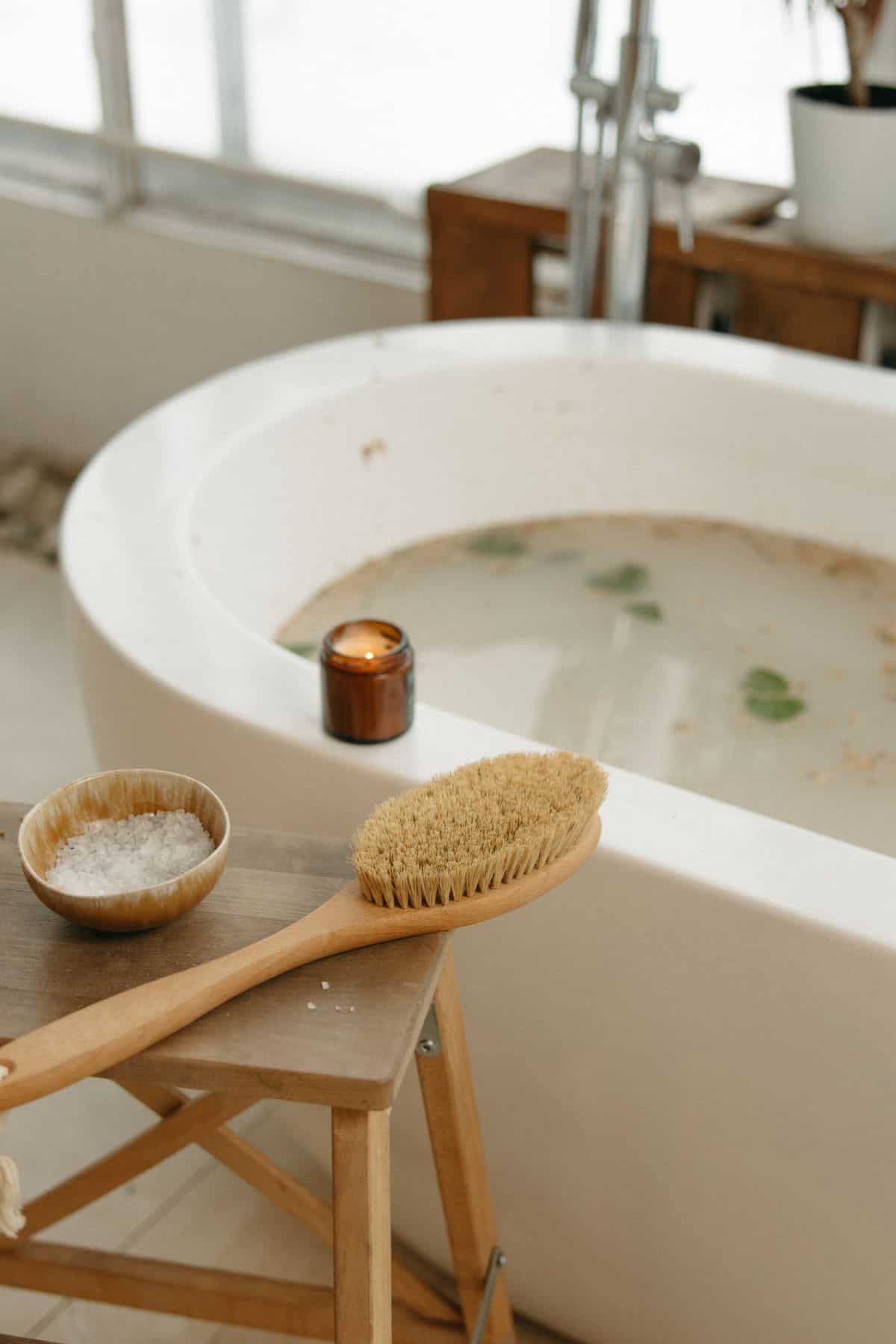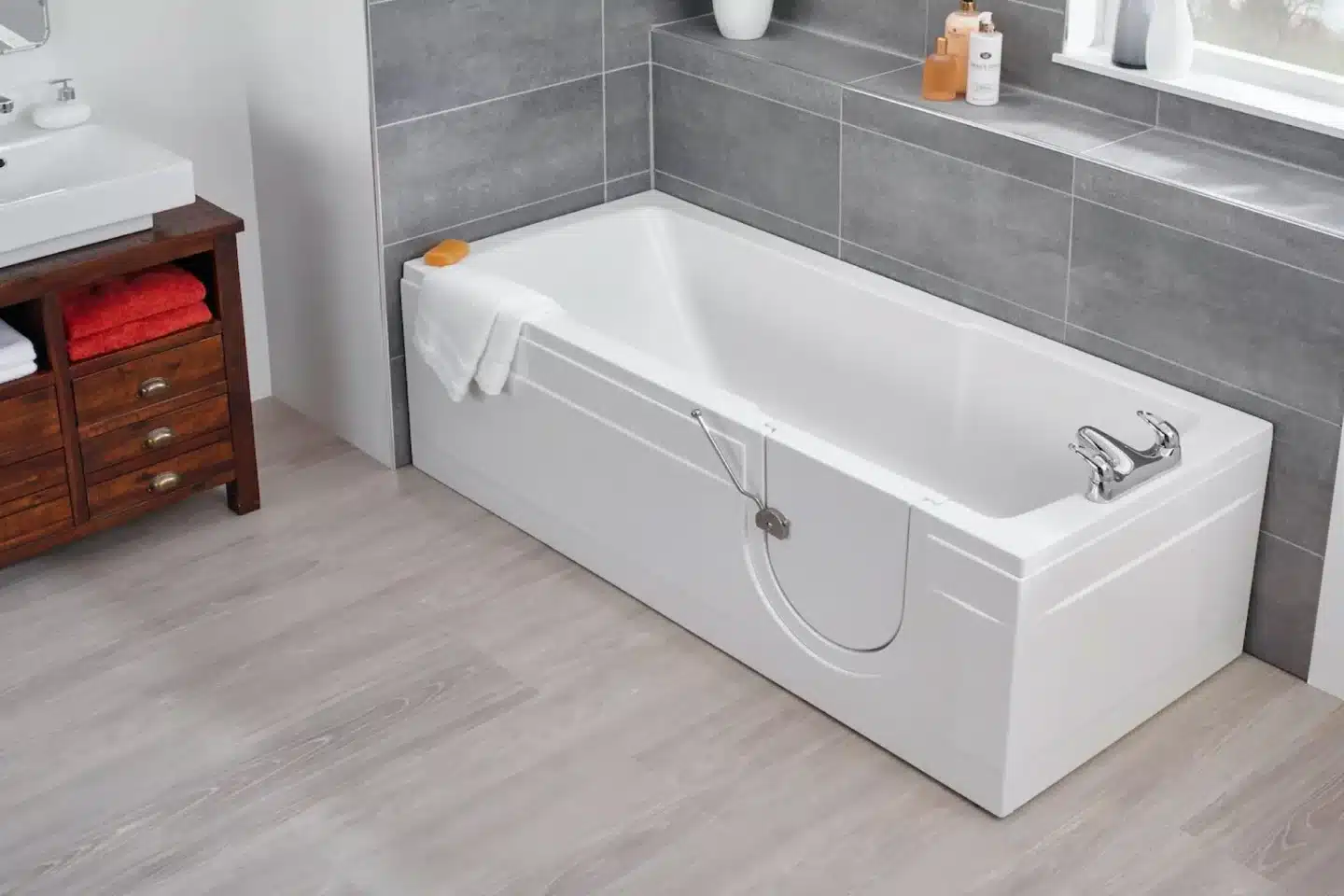
If you’re in the market for giving your bathroom a makeover, asides from cosmetic updates such as paint and blinds, bathroom fixtures can be expensive, and it’s a decision that you need to get right.
Just like designing a kids bathroom, you should design it in a way that it supports them as they grow. All pink fixtures for a baby girl, might not feel so tasteful and grown up in a few years time!
The same should apply to every bathroom design, no matter your life cycle or age, plan one with longevity which will support your needs in years to come.
So, if you’re planning a new bathroom for an older family member, or perhaps for yourself, you might find yourself trying to decide on the best bathroom fixtures that will support your current needs.
Walk-In Showers vs. Walk-In Baths: Which Is Right for Your Loved One?
There comes a time when function has to take precedence in bathroom design plans, and standard baths or showers you need to climb over the bath to use, just aren’t an option when mobility becomes limited.
Two of the most popular options in this case include a Walk In Shower For Elderly or Walk In Baths For Elderly, they’re both highly practical and allow for ease of use without support from someone else.
Not sure what the best option is? We’ve compared both types of fixtures to help alleviate that decision fatigue.
Walk-In Showers
Walk-In showers are having a bit of a moment in interiors anyway, specifically when designed like a wet room.
If your loved one is still concerned about aesthetics and the flow of a room, a walk-in shower is a great choice that will support their mobility needs, and they can be tailored even further to your requirements.
One of the biggest benefits is that there literally is no barrier to entry, no panel to move, just walk straight in without any frustration. You can choose to have added rails put into place, and for even added function? Add a seat.
For those with limited mobility, a seat just adds further longevity to the design of the bathroom, allowing them to continue using their bathroom even when they can’t be on their feet for a long period of time.
There’s so many pros about using a walk in shower that far outweigh any negatives that may concern you. Ultimately, it provides a comfortable bathing experience which allows the individual to wash independently in their own home.
Pros of Walk-In Showers
- No barrier to entry
- Additional features can easily be added such as hand rails, seats, low level access showers
- Still considered a stylish addition to a bathroom, sleek and functional
- Improved safety
- Non-slip flooring

Walk-In Baths
Of course, the biggest benefit of a walk-in bath is that you get the best of both worlds, if you want it.
Walk-in showers are great if you’re not fussed about baths, but if your loved ones love a soak in the bath, this option is still highly practical and functional for their needs.
Aesthetics have come a long way over the years, and walk-in baths on the market today are sleek and functional, with very discrete panels for the access door.
Plus, there’s plenty of options to choose from, whilst you can have a full length bath if you like, upright baths are ideal for almost everyone, as they eliminate the need for awkward bending or having to pull yourself back up afterwards.
There are so many tailored solutions that make baths an option that truly is accessible to most, whether you need a lift to get into the bath, a seat or a compact size to fit a small bathroom.
Pros of Walk-In Baths
- Enjoy both a shower or bath experience
- Safe entry and exit with an easy to access door
- Very customisable – add a seat, lift, rail etc
- Watertight doors
- Added independence
- Sleek and functional appearance

So, which one is best for your loved one? Both options offer advanced function, comfort and dignity to the elderly, bringing longevity with the bathroom design too.
Ultimately it comes down to their personal bathing preferences, and whilst both options are suitable for those with limited mobility, they may have a preference to an upright bath or just a shower that they can walk straight into.
It’s clear though that limited mobility certainly doesn’t mean compromising the aesthetics of a bathroom!
